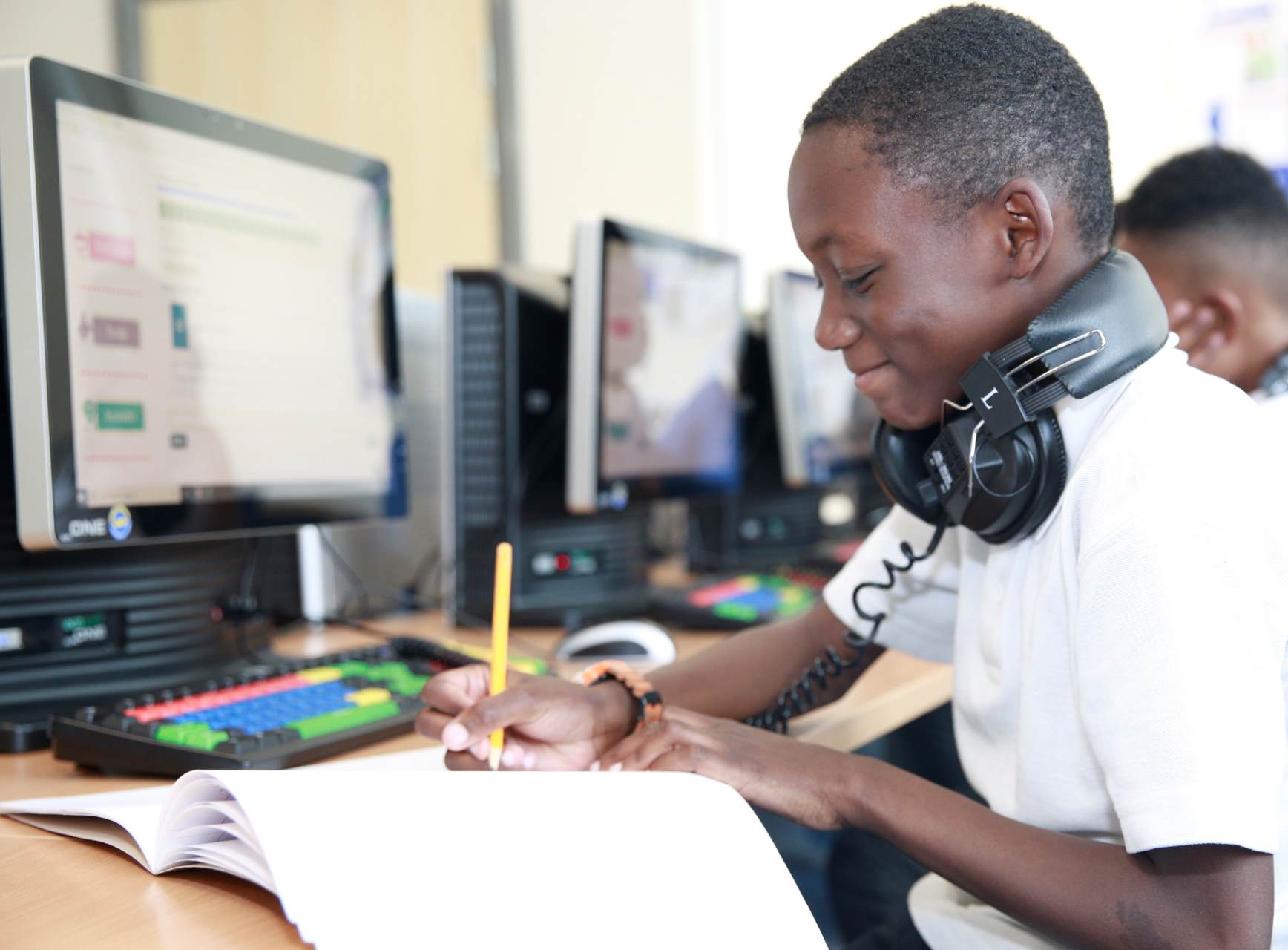Computing at St John's

A high-quality computing education equips pupils to use computational thinking and creativity to understand and change the world.
Our Intent for Computing
All pupils have the right to have rich, deep learning experiences that balance all of the aspects of computing. With technology playing such a significant role in society today, we believe that ‘Computational Thinking’ is an essential skill for children to learn and develop in order to be able to participate effectively and safely in the rapidly-growing vast digital world. A high-quality computing education equips pupils with the mind-set to use and apply these creative skills to understand and change the world around them. Computing has deep links with Mathematics, Science, and Design and Technology, and provides insights into both natural and artificial systems. In classrooms, the core of computing is visible every day. Pupils are introduced to a wide range of technology, including, but not limited to: laptops, iPads and interactive whiteboards, allowing them
to continually practice and improve the skills they learn. This ensures they become digitally literate so that they are able to express themselves and develop their ideas through information and computer technology– at a level suitable for the future workplace and as active participants in a digital world.
We teach a curriculum that enables children to become effective users of technology who can:
- Understand and apply the essential principles and concepts of Computer Science, including logic, algorithms and data representation
- Analyse problems in computational terms and have repeated practical experience of writing computer programs in order to solve such problems
- Evaluate and apply information technology analytically to solve problems
- Communicate ideas well by utilising appliances and devices throughout all areas of the curriculum
Theological Underpinning:
Hebrews 13, V21 -May God, 'Equip you with every good thing for doing his will.'
How we Implement our Computing Curriculum
As part of this planning process, teachers are required to plan the
following:
-A cycle of lessons for each topic, which carefully plans for progression and
depth
-A range of challenge questions and problem solving activities for pupils to
apply their learning in a philosophical/open manner
Trips and visits, in order to enhance the learning experience
Our Computing Curriculum
Our Computing Curriculum has been carefully designed so that it has a good balance of skills and knowledge for our learners. You can access an overview of our curriculum that shows how our computing curriculum is mapped throughout the school.
Click here to access the Whole School Computing Curriculum Overview
Skills and Knowledge Progression
Click here to access the Computing Skills and knowledge Progression Document
Our Planned Impact
Our Computing curriculum is high quality, well thought out and is planned to demonstrate progression across all year groups. If children are keeping up with the curriculum, they are deemed to be making significant progress. In addition, we measure the impact of our curriculum through the following methods:
- Children can understand and apply the fundamental principles and concepts of computer science, including abstraction, logic, algorithms and data representation
- Children can analyse problems in computational terms, and have repeated practical experience of writing computer programs in order to solve such problems
- Children can evaluate and apply information technology, including new or unfamiliar technologies, analytically to solve problems
- Children are responsible, competent, confident and creative users of information and communication technology
- Pupil discussions and presentations about their learning through the ‘Using and Applying Skills’ unit at the end of each year, with a reflection on standards achieved against the planned outcomes by teachers.

